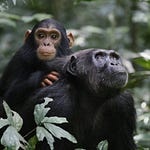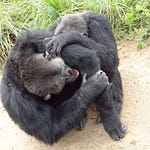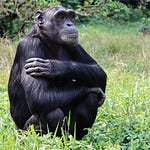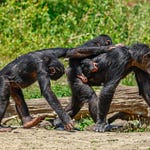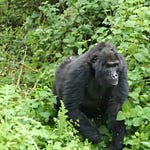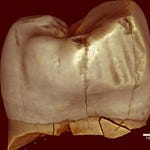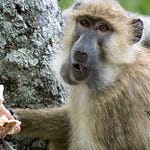Lemurs, those wide-eyed primates that haunt Madagascar’s forests, have long fascinated scientists. They are evolutionary outliers, making up over 15 percent of all living primate species on a single island that covers less than one percent of Earth’s landmass. For decades, researchers assumed that this extraordinary diversity was born from a single explosive event—a classic island radiation, like Darwin’s finches on steroids. But a new genomic study argues that the story is far more complex.
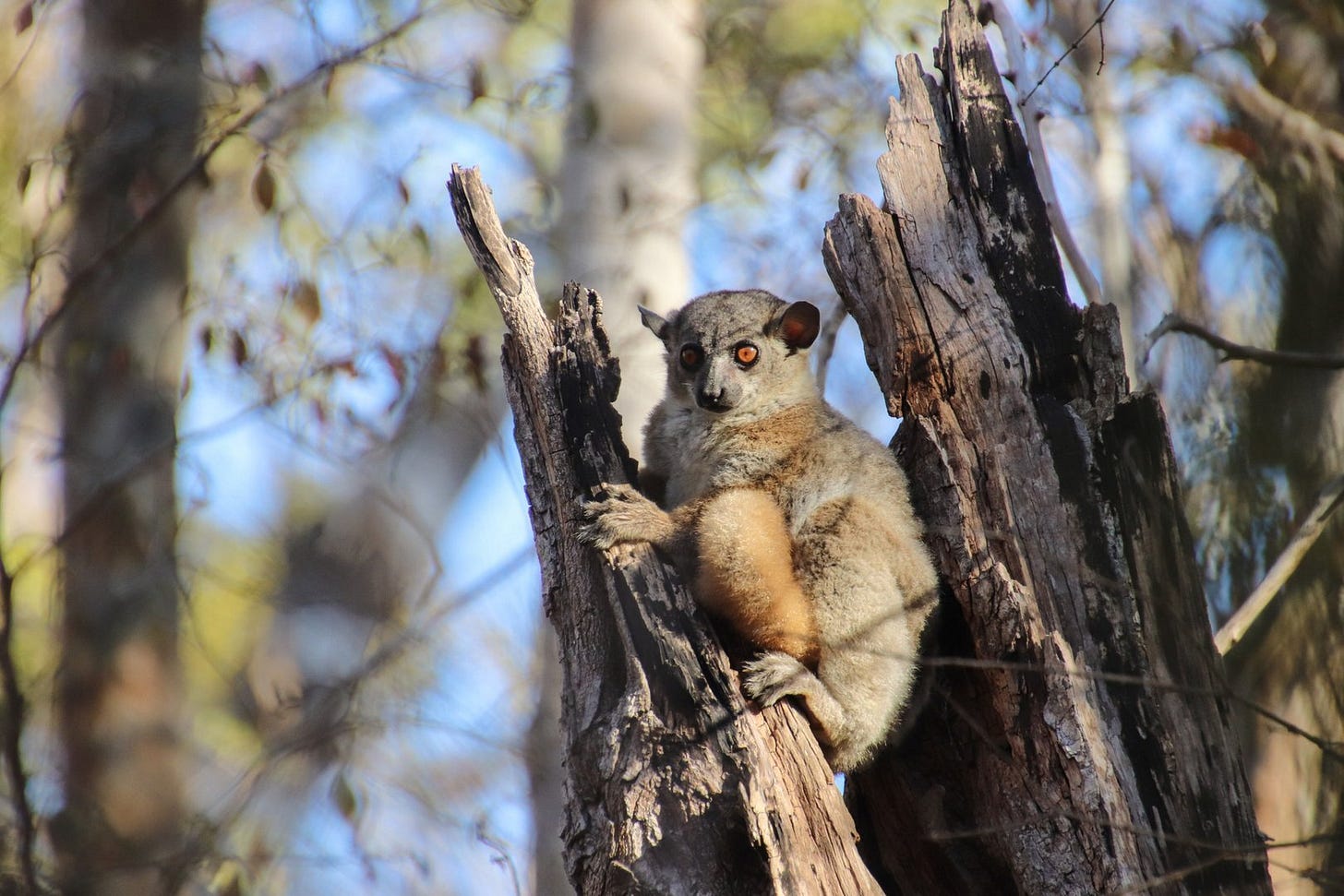
Instead of a one-off evolutionary boom, lemurs diversified through multiple waves of speciation stretching deep into the Pleistocene, with interspecies mating adding unexpected twists. The findings, published in Nature Communications1, suggest that Madagascar’s primate history is more like a series of crescendos than a single symphony.
A Pleistocene Surprise
An international team analyzed the genomes of 79 lemur species, reconstructing their evolutionary timeline across millions of years. Their results challenge the textbook narrative.
“The species diversity of lemurs is not the result of a single large radiation,” the authors write. “Instead, these primates evolved in multiple successive radiations, continuing up to the middle and later Pleistocene.”
The initial split occurred around 53 million years ago, soon after lemur ancestors rafted to Madagascar from Africa. But the most surprising bursts of diversification happened much later—between five and six million years ago, well after the presumed peak. During this period, three genera stood out for their rapid expansion: the mouse lemurs (Microcebus), true lemurs (Eulemur), and sportive lemurs (Lepilemur).
Speciation rates in these lineages defied expectations. After an initial radiation, evolutionary theory predicts a slowdown as available ecological niches fill up. Instead, lemurs bucked the trend.
Hybridization: From Dead End to Engine of Diversity
Another revelation lay in the role of hybridization. In many animals, hybrids are sterile or represent evolutionary cul-de-sacs. Lemurs turned this rule on its head.
“Genetic exchange—hybridization between species—was an important driver of this diversity,” says Dietmar Zinner of the German Primate Center, who co-authored the study.
The data showed that hybrid species appeared at rates up to four times higher than species formed through simple divergence. Far from being evolutionary accidents, hybrids helped fuel Madagascar’s biodiversity.
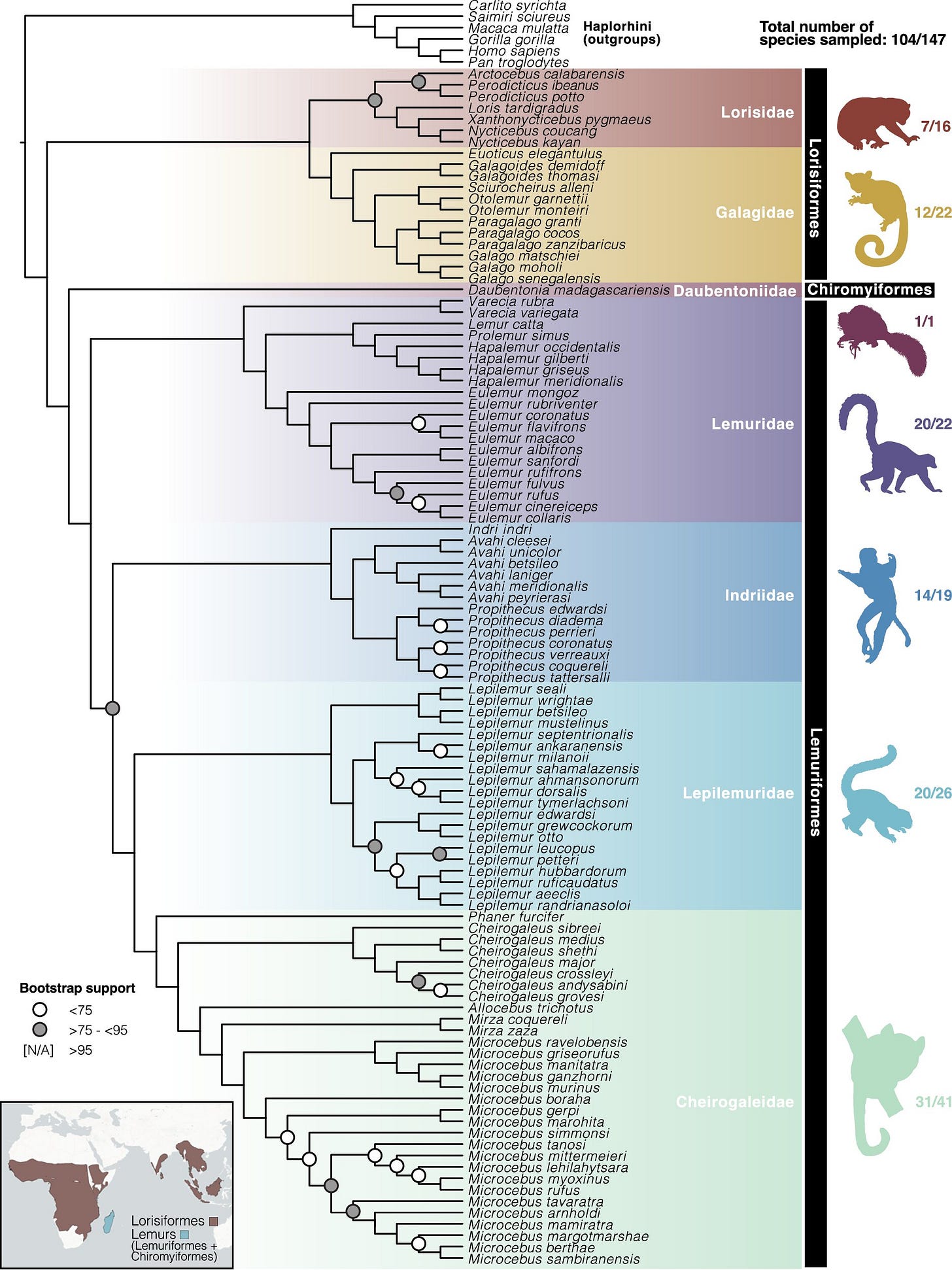
Lemurs speciate at about 0.44 new species per million years, nearly three times faster than lorises, their closest relatives in Africa and Asia. For conservationists, these findings offer both hope and warning: the potential for diversity is enormous, but so is the risk of losing rare species through hybridization under human-altered conditions.
Lessons for Conservation
Today, roughly 95 percent of lemur species are endangered. Forests that once stretched unbroken across Madagascar are now shattered into fragments. Climate change adds new stressors to an already fragile system.
“Hybridization can create diversity, but it can also lead to the loss of rare species,” notes Zinner. “Future conservation concepts must take genetic diversity and the role of hybridization into account.”
For some researchers, the lemur story underscores a larger principle: speciation is not a relic of the past. It’s an ongoing process, one that depends as much on preserving ecological complexity as it does on protecting individual species.
“The more we know about their evolutionary history and genetic diversity, the better we can secure their future,” says Christian Roos, a primate geneticist and study co-author.
Why This Matters Beyond Lemurs
Understanding how lemurs diversified helps anthropologists and evolutionary biologists think more broadly about primate evolution—including our own lineage. Multiple bursts of speciation, hybridization shaping lineages, and adaptation to diverse habitats are not unique to lemurs. Similar dynamics likely occurred among early hominins.
For now, the story of lemurs serves as both a cautionary tale and a source of optimism. They’ve weathered millions of years of environmental upheaval and genetic reshuffling. Whether they survive the next century depends on choices made far from Madagascar’s forests.
Related Research and Further Reading
Herrera, J. P., & Dávalos, L. M. (2022). Hybridization in primates: Evolutionary dynamics and conservation challenges. Evolutionary Anthropology, 31(2), 101–115. https://doi.org/10.1002/evan.21941
Yoder, A. D., & Nowak, M. D. (2006). Has vicariance or dispersal been the predominant force in Madagascar? Only time will tell. Annual Review of Ecology, Evolution, and Systematics, 37, 405–431. https://doi.org/10.1146/annurev.ecolsys.37.091305.110239
Louis Jr., E. E., et al. (2020). Molecular systematics and taxonomic revision of sportive lemurs (Lepilemur) with description of new species. Primate Conservation, 34, 27–54. https://doi.org/10.1896/052.034.0103
Everson, K. M., Pozzi, L., Barrett, M. A., Blair, M. E., Donohue, M. E., Kappeler, P. M., Kitchener, A. C., Lemmon, A. R., Lemmon, E. M., Pavón-Vázquez, C. J., Radespiel, U., Randrianambinina, B., Rasoloarison, R. M., Rasoloharijaona, S., Roos, C., Salmona, J., Yoder, A. D., Zenil-Ferguson, R., Zinner, D., & Weisrock, D. W. (2025). Multiple bursts of speciation in Madagascar’s endangered lemurs. Nature Communications, 16(1), 7070. https://doi.org/10.1038/s41467-025-62310-y



